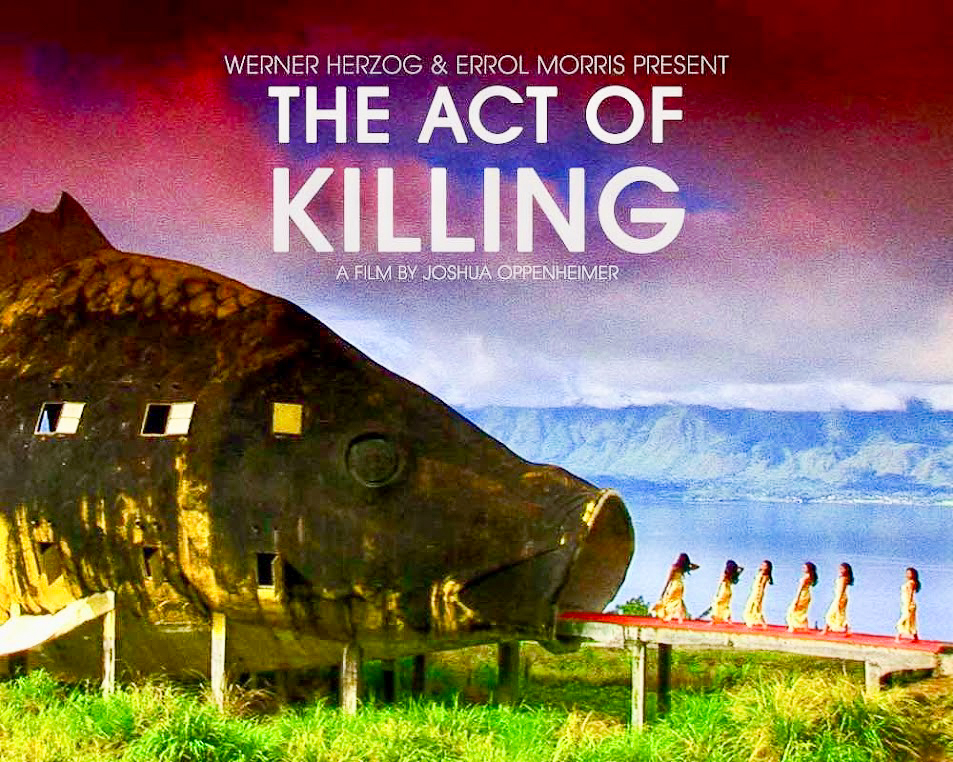And, indeed, I will ask on my own account here, an idle question: which is better—cheap happiness or exalted sufferings? Well, which is better?---Fyodor Dostoevsky ---Notes from Underground There are certain people of whom it is difficult to say anything which will at once throw them into relief—in other words, describe them graphically in their typical characteristics. These are they who are generally known as “commonplace people,” and this class comprises, of course, the immense majority of mankind. Authors, as a rule, attempt to select and portray types rarely met with in their entirety, but these types are nevertheless more real than real life itself. For instance, when the whole essence of an ordinary person’s nature lies in his perpetual and unchangeable commonplaceness; and when in spite of all his endeavours to do something out of the common, this person ends, eventually, by remaining in his unbroken line of routine—. I think such an individual really does become a type o...
NOTES FROM UNDERGROUND
Hope
To be human is to be a miracle of evolution conscious of its own miraculousness — a consciousness beautiful and bittersweet, for we have paid for it with a parallel awareness not only of our fundamental improbability but of our staggering fragility, of how physiologically precarious our survival is and how psychologically vulnerable our sanity. To make that awareness bearable, we have evolved a singular faculty that might just be the crowning miracle of our consciousness: hope.--
Erich Fromm
Links
- Get link
- X
- Other Apps
Labels
Assault on Precinct 13 (1976)
Joseph Kaufman, executive producer of Carpenter’s Assault on Precinct 13, wrote in a 1994 essay: “People have noticed that both Rio Bravo and Assault on Precinct 13 take place in besieged and isolated police stations, and that moral codes of behavior are important in the two films.” Kaufman is careful to point out that the Assault on Precinct 13 isn’t a literal imitation of Howard Hawks’s film, but there’s no mistaking the modern racial and sexual politics encoded in the distinctly western elements of Carpenter’s lean, mean, genre-defying masterpiece.
The dramatic set-up is very much that of a last-stand western, with a disparate group of characters forced to ally under threat from implacably hostile forces. Indeed, Carpenter originally wanted to make a western—Howard Hawks’ Rio Bravo (1959) was an inspiration, but there are obvious resemblances to John Ford’s Stagecoach (1939) as well. In tone and feel, though, Assault on Precinct 13 is less a western than a horror movie (and certainly it has little in common with most police or crime films of the period, even if there is some connection to the then-popular vigilante genre). George A. Romero’s Night of the Living Dead (1968) was another starting point for Carpenter (and Romero in turn was a fan of Assault) and the influence is unmistakable.
The gang members swarm, they’re barely characterized, they barely speak, for much of the film we never see them close up, and their motivations are given only a cursory glance. They’re pure threat, pure otherness.
Assault on Precinct 13 begins as it means to continue, with Carpenter’s own famous five-note musical motif—reminiscent of John Williams’ shark theme for Jaws (1975)—repeated over and over on synth and drum machine as the plain, blood-red titles roll. Both the simplicity and the sense of foreboding set the mood for the movie to come.
A subtitle informs us that we’re in Anderson, California, “a Los Angeles ghetto”, and the action begins quickly with a group of gang members caught in a police ambush, shot dead apparently without being given a chance to surrender. A police chief heard on the news acknowledges that “law enforcement is being driven to deplorable extremes”, but insists that “the juvenile gang problem is completely out of control.”
Assault on Precinct 13 falls broadly into two parts. The first is devoted largely to establishing how all the key people end up at the police station where they’ll be besieged—not just its staff but also Lawson, the convicts, and their guards—and also to briefly introducing the gang and building a sense of menace.
Then, at almost exactly the halfway point, the gang’s onslaught on the police station, sparsely staffed and equipped because it is due to be permanently closed the next day, begins… and the mood changes dramatically. (The station is actually “Precinct 9 Division 13”, not Precinct 13, an odd anomaly usually attributed to the distributor thinking it made for a better title.)
From here on Assault on Precinct 13 is almost entirely action. The pace is faster, and the lighting makes greater use of strong shadows.
The movie bombed in the US at first but the enthusiastic reception in Europe saved it from disappearing, and before long American critics and audiences also came to relish its unsettling qualities.
- Release date: November 3, 1976 (USA)Director: John CarpenterBudget: 100,000 USD (1976)Featured song: Assault On Precinct 13 (Main Title)Distributed by: Turtle Releasing, CKKSetting: Los Angeles
- Release date: November 3, 1976 (USA)Director: John CarpenterBudget: 100,000 USD (1976)Featured song: Assault On Precinct 13 (Main Title)Distributed by: Turtle Releasing, CKKSetting: Los Angeles
.jpg) |







-2.jpg)
-3.jpg)
.jpg)
.jpg)
-2.jpg)
.jpg)
.jpg)




.jpg)